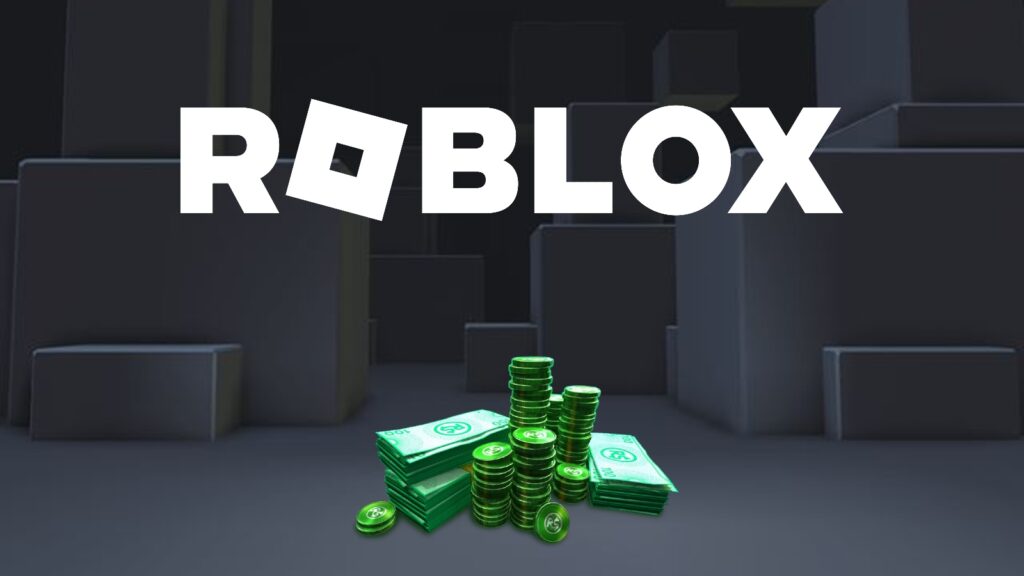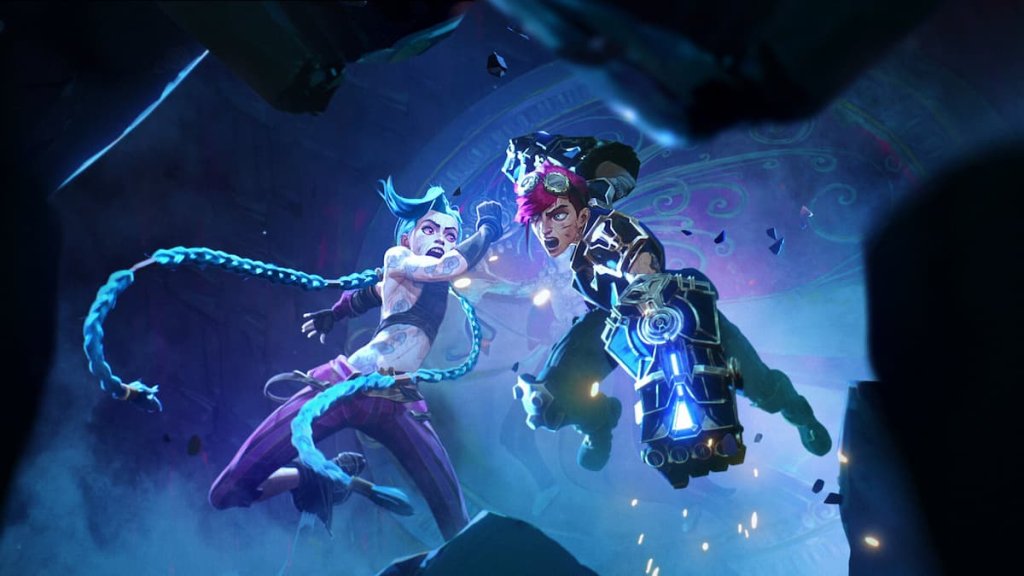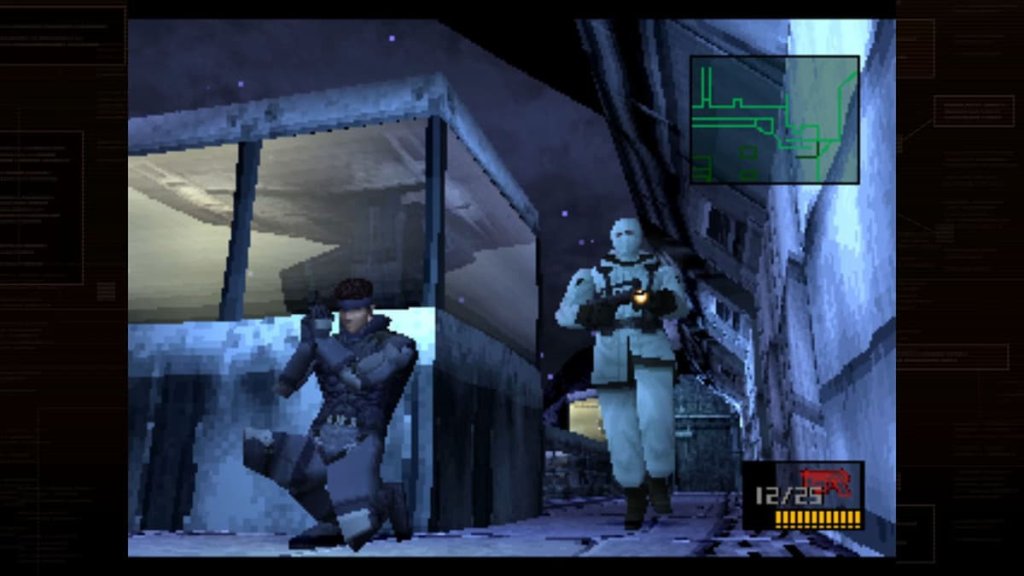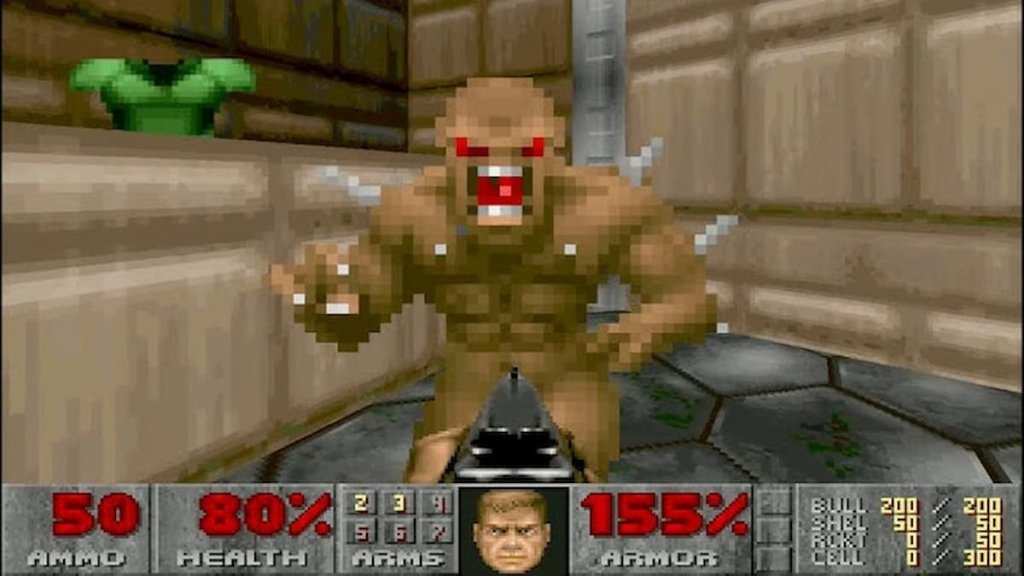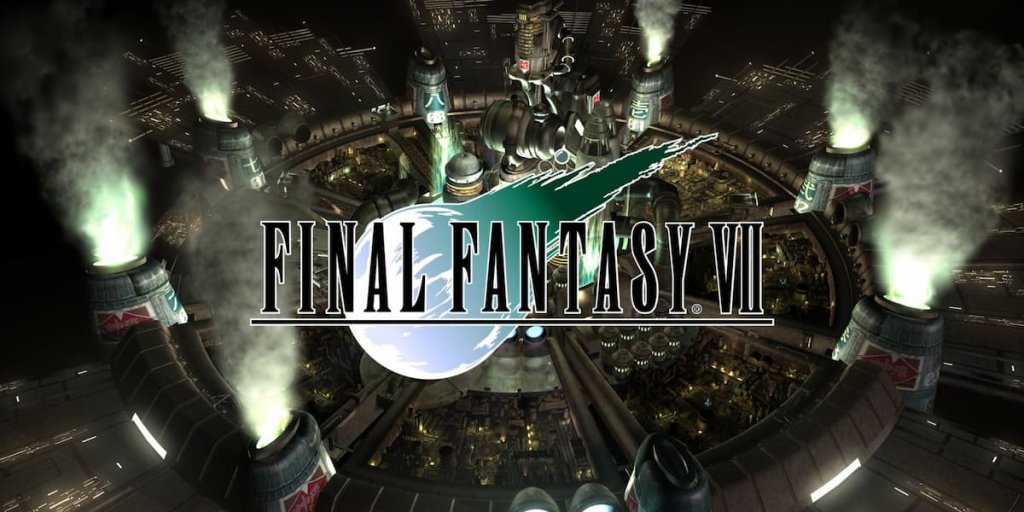All Tomb Raider Games in Order: Ultimate Chronological Guide to Lara Croft’s Legendary Adventures
Since its debut back in 1996, the Tomb Raider series kind of blew open what action-adventure games could be, meshing exploration, puzzles, and a sort of cinematic flair. Created by Core Design and later helmed by Crystal Dynamics, you follow archaeologist-adventurer Lara Croft as she hunts mystical relics and dives into ancient mysteries. Across twelve main games, the series has shifted from rigid, fixed-camera platforming to more open hubs and survival mechanics. Yet the buzz of discovery and Lara’s personal growth remain front and centre. With so many games across different generations and timelines, many might be wondering: what’s the best order to play them in? While the series includes reboots, remakes, and parallel arcs, here’s a clear breakdown of the Tomb Raider games in order of release, ideal for understanding how both gameplay and Lara’s story have evolved over time.
- 1. All Tomb Raider Games in Order
- Mainline Tomb Raider Games in release order
- Handheld and Java Spin-Offs
- Lara Croft Co-Op & Puzzle Subseries
- Official Remastered Collections
- 2. Why You Should Play the Tomb Raider Lore-Wise
- 3. Tomb Raider Games in Order of the Original Timeline
- Tomb Raider (1996)
- Tomb Raider II (1997)
- Tomb Raider III: Adventures of Lara Croft (1998)
- Tomb Raider: The Last Revelation (1999)
- Tomb Raider: Chronicles (2000)
- Tomb Raider: The Angel of Darkness (2003)
- 4. Tomb Raider Games in the Legend Timeline
- Tomb Raider: Legend (2006)
- Tomb Raider: Anniversary (2007)
- Tomb Raider: Underworld (2008)
- 5. Tomb Raider Games in the Survivor Trilogy Timeline
- 10. Tomb Raider (Reboot, 2013)
- 11. Rise of the Tomb Raider (2015)
- 12. Shadow of the Tomb Raider (2018)
- Conclusion
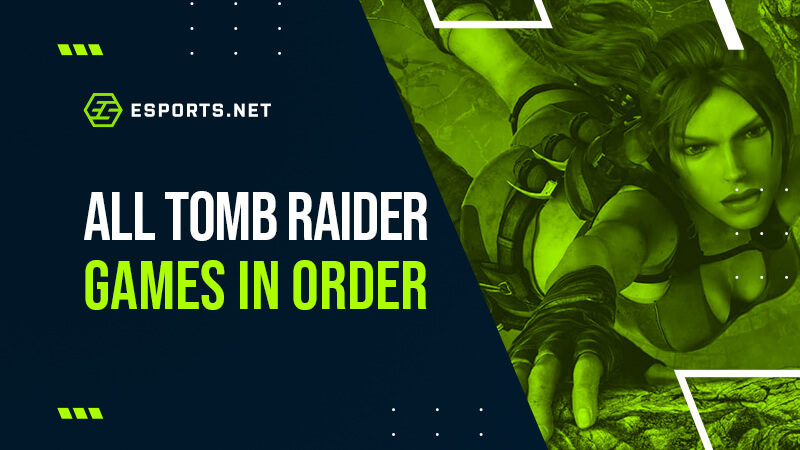
All Tomb Raider Games in Order
Mainline Tomb Raider Games in release order
- Tomb Raider (1996)
- Tomb Raider II (1997)
- Tomb Raider III: Adventures of Lara Croft (1998)
- Tomb Raider: The Last Revelation (1999)
- Tomb Raider: Chronicles (2000)
- Tomb Raider: The Angel of Darkness (2003)
- Tomb Raider: Legend (2006)
- Tomb Raider: Anniversary (2007)
- Tomb Raider: Underworld (2008)
- Tomb Raider (Reboot, 2013)
- Rise of the Tomb Raider (2015)
- Shadow of the Tomb Raider (2018)
Handheld and Java Spin-Offs
- Tomb Raider: The Nightmare Stone (Game Boy Color, 2000)
- Tomb Raider: Curse of the Sword (Game Boy Color, 2001)
- Tomb Raider: The Prophecy (Game Boy Advance, 2002)
- Tomb Raider: The Osiris Codex (Java ME, 2003)
- Tomb Raider: Quest for Cinnabar (Java ME, 2004)
- Tomb Raider: Elixir of Life (Java ME, 2004)
- Tomb Raider: Puzzle Paradox (Java ME, 2006)
Lara Croft Co-Op & Puzzle Subseries
- Lara Croft and the Guardian of Light (PC/PS3/Xbox 360, 2010)
- Lara Croft: Reflections (iOS, 2013)
- Lara Croft and the Temple of Osiris (PC/PS4/Xbox One, 2014)
- Lara Croft GO (iOS/Android/Windows Phone, 2015)
Official Remastered Collections
- Tomb Raider I-III Remastered (2024)
- Tomb Raider IV-VI Remastered (2025)
Why You Should Play the Tomb Raider Lore-Wise
Aside from great gameplay, Tomb Raider spins a deep web of mythology, self-discovery, and world-saving stakes. Lara starts out as a mere treasure hunter, but by the end, she’s safeguarding against doom-level threats. Each title layers on her past, her relationships (Werner Von Croy springs to mind), and her ethical dilemmas. If you’re into lore, this runs from her crash on Yamatai in the 2013 reboot to her confronting Trinity in Shadow of the Tomb Raider.
The Tomb Raider timeline is divided into three sagas – The Original Saga, The Legend Trilogy, and The Survivor Trilogy. Only the games in the same timeline have interconnected stories. Let’s take a look at all the main entries of Tomb Raider games in release order.
Tomb Raider Games in Order of the Original Timeline
Tomb Raider (1996)
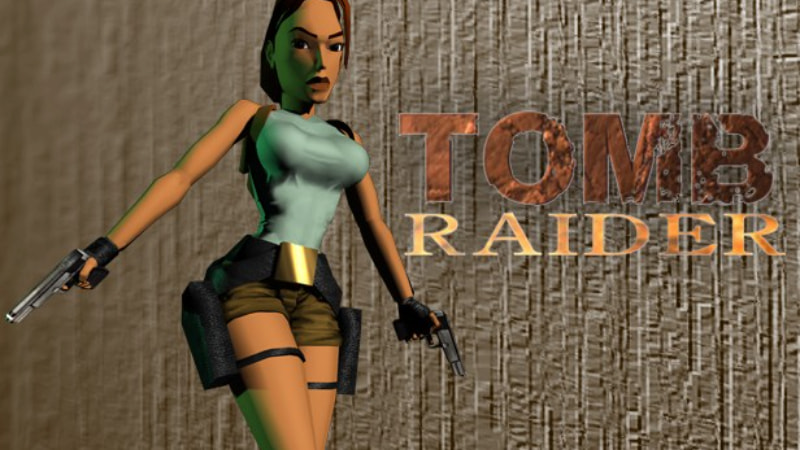
Core Design, Eidos Interactive
The original and the first in Tomb Raider games in order list, throws you into four sprawling levels – Peru, Greece, Egypt, and Atlantis, mixing platform jumps with relic hunts. Lara Croft, being one of the first full-polygon female leads, instantly turned heads. Non-linear tomb layouts, hidden alcoves, tightrope fun; fans still swoon over those foundational design choices. Many heralded it as revolutionary, noting the graphics felt way ahead of their time. Yet, early adopters often griped about the clunky controls that sometimes made precision leaps a nightmare.
Tomb Raider II (1997)
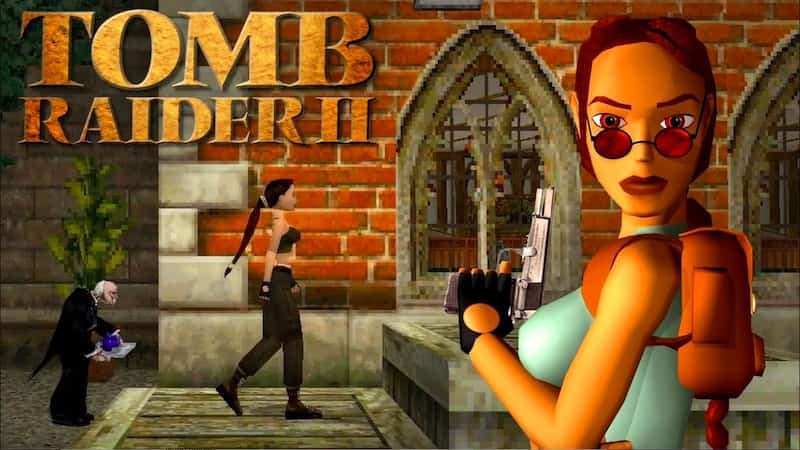
Core Design, Eidos Interactive
Tomb Raider II upped the ante: dual pistols, scuba gear, and locales ranging from Venice canals to Tibetan monasteries. It even tossed in speedboat chases. The levels got more intricate, and puzzles blended with action so neatly that it clicked for players craving both. With an 85 on Metacritic for PlayStation, reviewers praised its “unmatched variety” but warned that difficulty spikes could frustrate newcomers. It was also awarded ‘Adventure Game of the Year‘ for its slick cutscenes and sound design.
Tomb Raider III: Adventures of Lara Croft (1998)
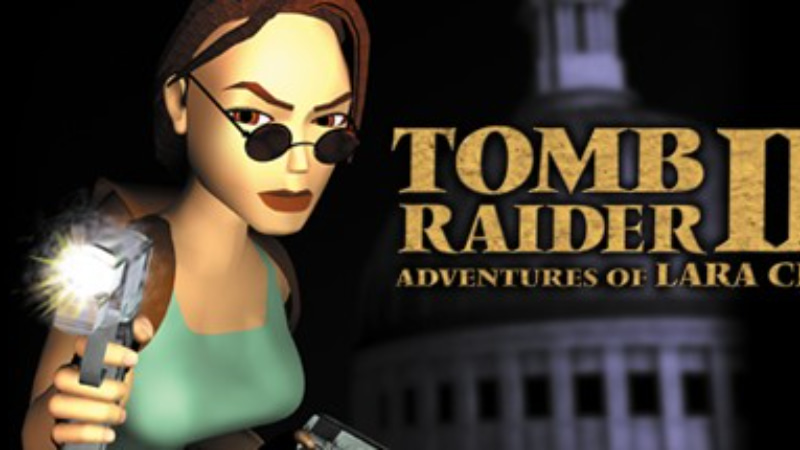
Core Design, Eidos Interactive
This one sent Lara globe-trotting: India, Antarctica, and more. Missions had multiple objectives, and weather effects showed that Core Design was flexing new tech muscles. Some folks found the repeated scenery a tad tiresome, but sequences like radioactive tomb dives still stand out. Critics agreed the core gameplay and visuals were solid, but since it didn’t reinvent the wheel, replay value suffered. It did get praised for the thoughtful level design and vehicle bits, though many players remained peeved by unrefined controls.
Tomb Raider: The Last Revelation (1999)
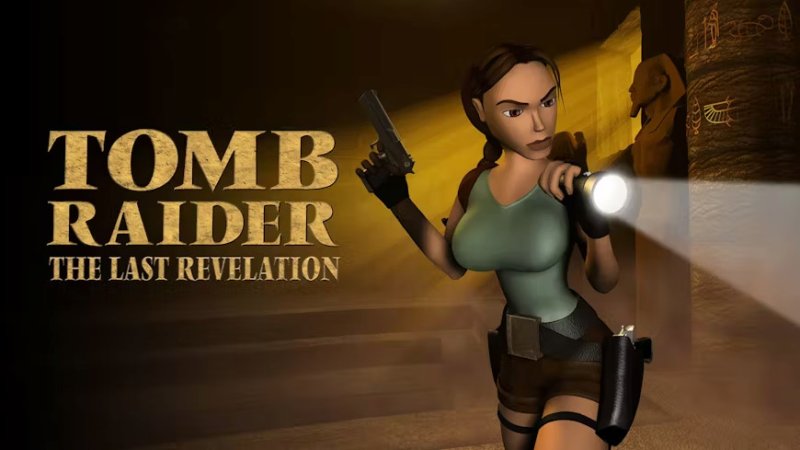
Image Credits: Core Design, Eidos Interactive
A more back-to-basics feel, Lara investigates Egyptian god Set’s return. It’s arguably one of the most personal arcs, ending on a shocking “death” cliffhanger. This one was commended for the intricacy of its interconnected tombs and the depth of its puzzles, which many compare to top-tier dungeon design. Its emotionally charged storyline adds narrative weight rarely seen in the era, solidifying the game as a high point of classic Tomb Raider.
Tomb Raider: Chronicles (2000)
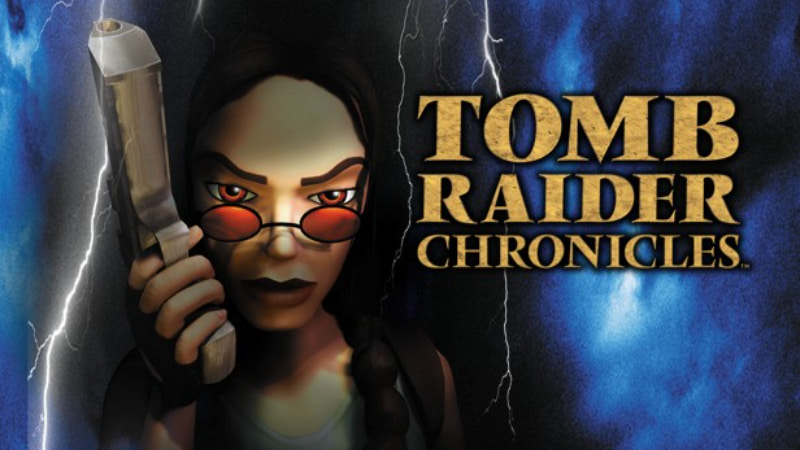
Core Design, Eidos Interactive
Chronicles is a flashback anthology that spans across Rome, a Russian sub base, the Black Isle, and New York. It peeled back Lara’s early adventures and tweaked gameplay-tightropes, stealth takedowns. But some felt it lacked the polish of earlier titles. There were enough thrills, but nothing that truly surprised. It was ambitious, sure, but not quite as cohesive as the mainline entries.
Tomb Raider: The Angel of Darkness (2003)

Core Design, Eidos Interactive
Angel of Darkness took a darker turn. Lara is accused of murdering her mentor and is on the run across Europe. It introduced hand-to-hand combat and stealth, but a rough release kept it from shining. Players loved the storyline and music, but pervasive bugs, awful camera behaviour, and sticky controls drowned out the good bits. Its rocky launch ultimately shifted the series to Crystal Dynamics.
Tomb Raider Games in the Legend Timeline
Tomb Raider: Legend (2006)

Crystal Dynamics, Eidos Interactive
Legend rebooted the feel: slick engine, cinematic story, grapple hooks, rail grinding, dynamic cameras. Flashbacks to Lara’s training days added depth, and puzzles balanced nostalgia with a fresh twist. Metacritic scores around 80-82 reflect how polished the gameplay felt. Though some felt the tomb puzzles and story, while engaging, were somewhat shallow compared to the visual overhaul.
Tomb Raider: Anniversary (2007)
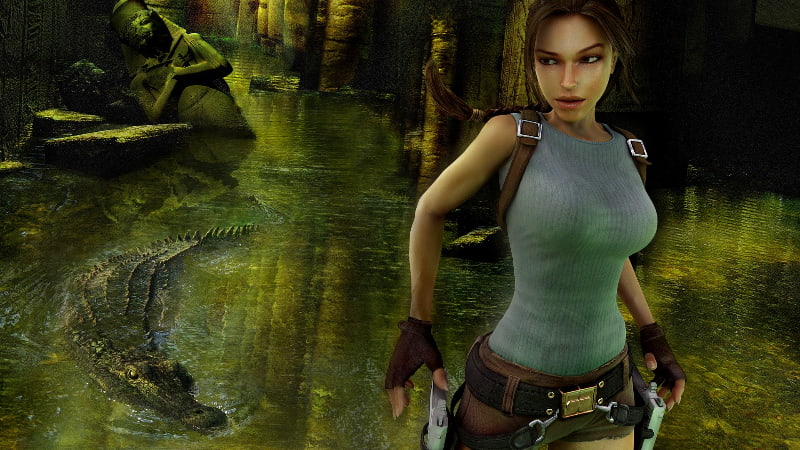
Crystal Dynamics, Eidos Interactive
For the series’ tenth birthday, Anniversary remade the 1996 classic on Legend’s engine, with better graphics, physics puzzles, and new music-aiming to please vets and newbies alike. Anniversary thoughtfully reimagined the original game’s iconic levels with new puzzles and a less linear structure that revitalised classic exploration and challenge mechanics. Richer environmental variety and updated controls for deepening player immersion made the story more alive.
Tomb Raider: Underworld (2008)

Crystal Dynamics, Eidos Interactive
Underworld wraps up the Legend arc, taking Lara through Norse underworlds and Atlantean halls. It flows seamlessly from exterior to tomb interiors, adds underwater tunnels, and has some of the richest level design in the series. Many highlighted its intricate tomb designs and the replacement of QTEs with more engaging adrenaline moments. Critics also lauded Lara’s fluid motion-captured animations and expanded toolkit elements that combine to create some of the series’ most atmospheric and cohesive adventure experiences.
Tomb Raider Games in the Survivor Trilogy Timeline
10. Tomb Raider (Reboot, 2013)

Crystal Dynamics, Square Enix
This survival-based reboot shows Lara evolving from rookie to fierce survivor on Yamatai Island. Open hubs, improvised crafting, and harrowing tombs tied to her father’s disappearance – Crystal Dynamics nailed the reinvention, shifting 14.5 million copies by 2021. The 2013 reboot was hailed as a near-perfect origin story, commended for its cinematic pacing, environmental storytelling, and Camilla Luddington’s grounded performance, which together redefined Lara as a nuanced survivor rather than an untouchable icon. Many reviewers noted that the balance of tombs, crafting systems, and emergent combat sequences felt both fresh and respectful of franchise roots, even if the multiplayer mode was seen as an unnecessary add-on.
11. Rise of the Tomb Raider (2015)
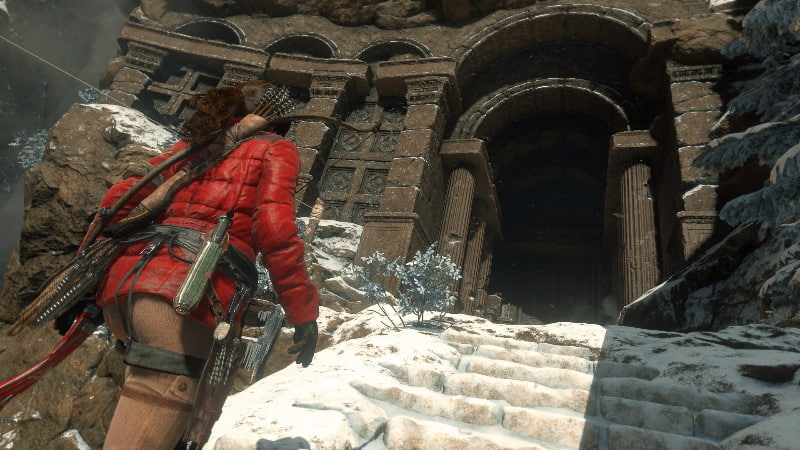
Rise takes Lara to Siberia after the City of Kitezh, pitting her against Trinity’s cult and their search for eternal life. It beefs up crafting, adds base camps, and packs optional expedition tombs for die-hard fans. Everyone adored the lush visuals and emotional beats, but felt the devs played it safe, offering an experience too similar to its predecessor without a huge leap forward.
12. Shadow of the Tomb Raider (2018)
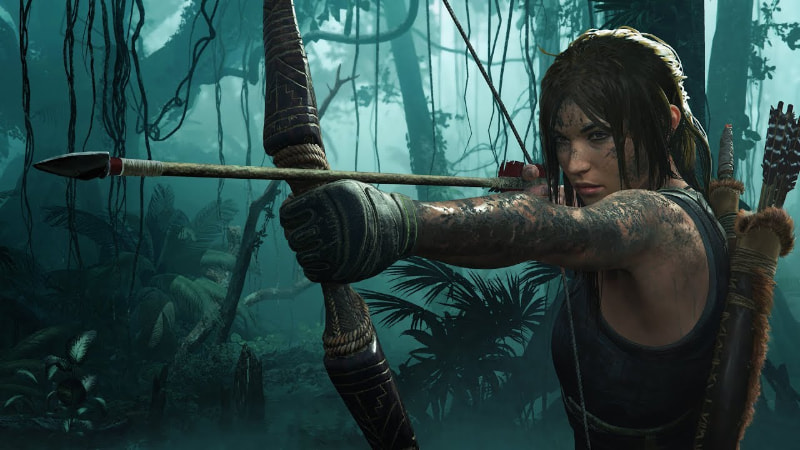
Image Credits: Crystal Dynamics, Square Enix
Closing Lara’s origin story, Shadow throws her into Central and South American jungles to stop a Mayan apocalypse she accidentally starts. Semi-open hubs like Paititi, stealth traversal, and enhanced hunting bring cultural immersion and deeper self-reflection. Shadow was recognised for its ambitious stakes and evolved portrayal of Lara, whose moral journey and the richly detailed hubs like Paititi offer a culturally immersive finale to her origin trilogy.
Conclusion
You can already tell from the Tomb Raider games order that it had this massive impact on action-adventure games that nobody can ignore. It didn’t stop at video games either. There have been novels, comic books, even full-blown theme-park attractions. Along with Hollywood movies, Netflix dropped an anime, Tomb Raider: The Legend of Lara Croft, in 2024, so it’s not slowing down. Furthermore, Lara Croft has crossed over into other gaming universes, including Fortnite, demonstrating the character’s broad cultural appeal.
